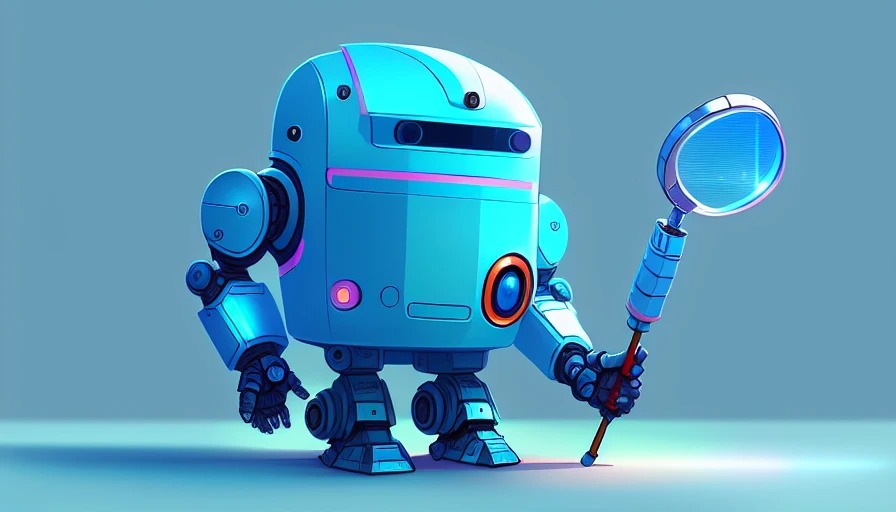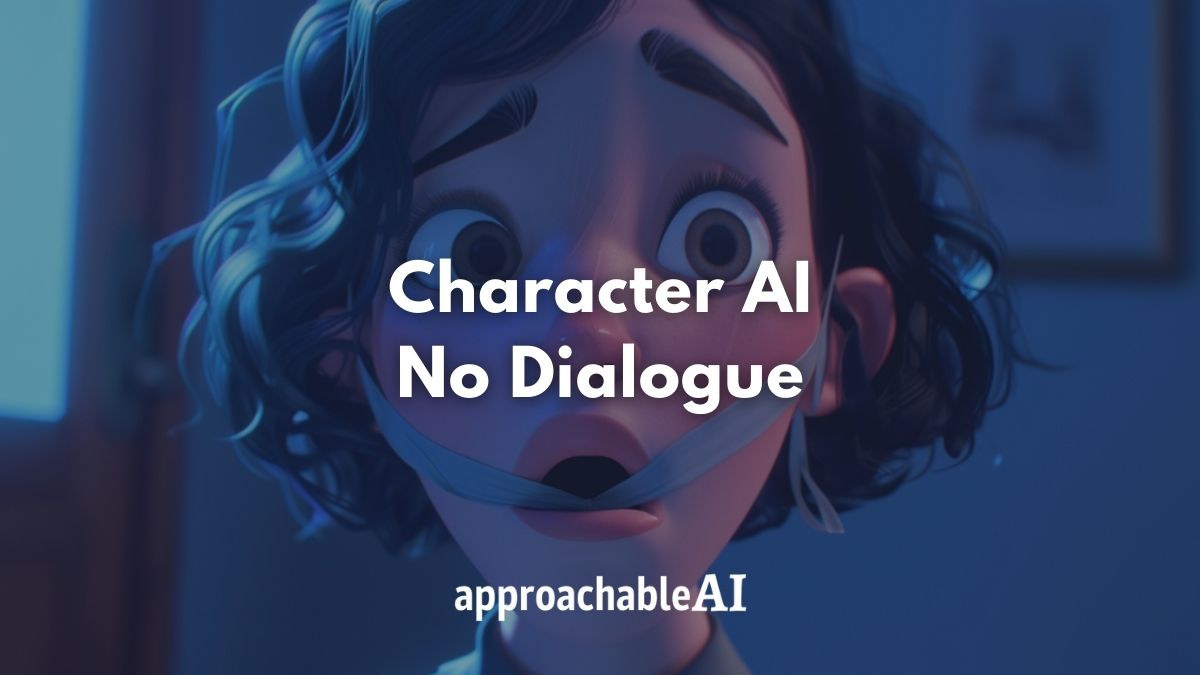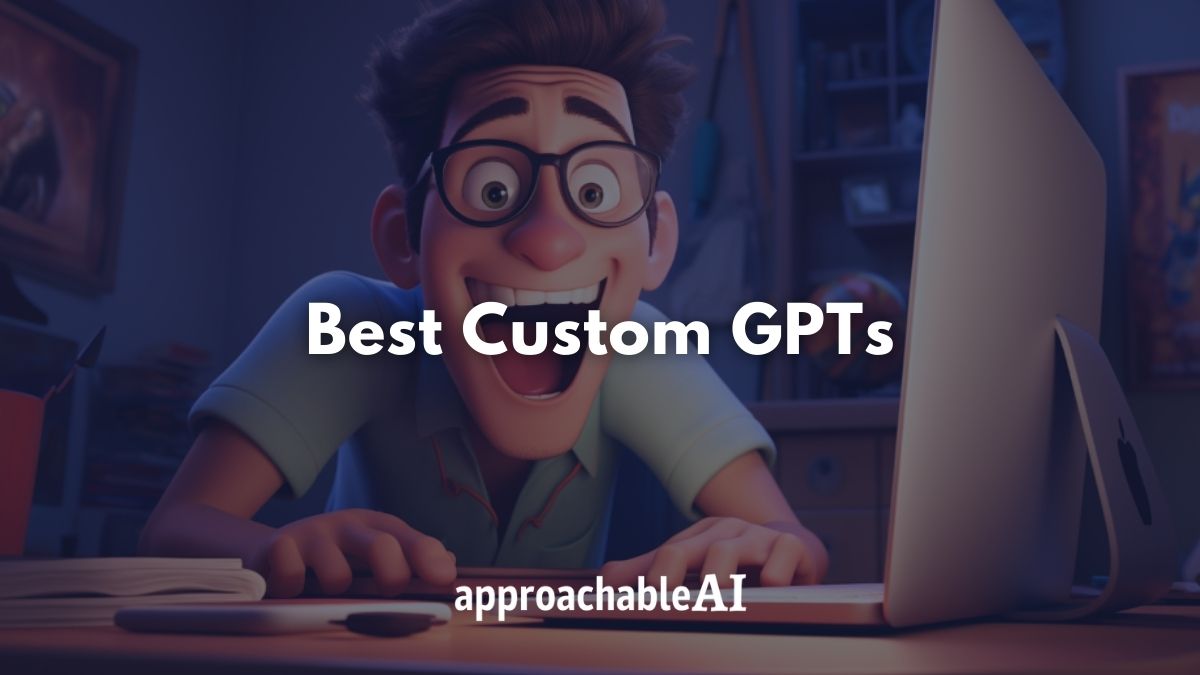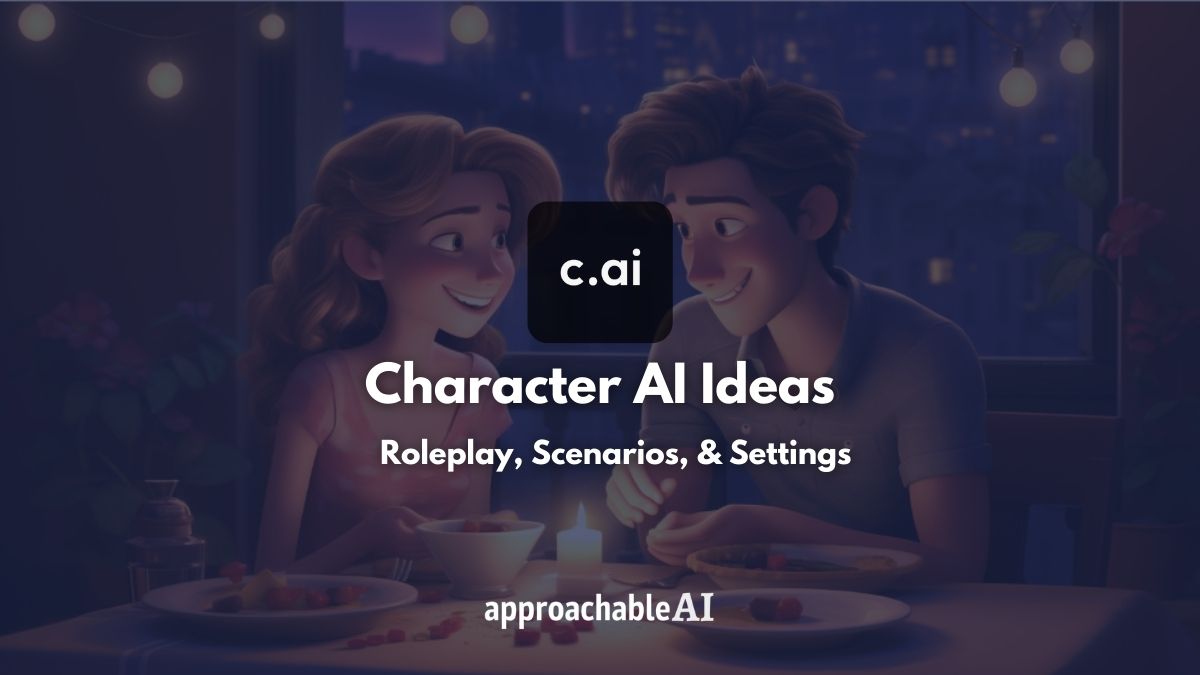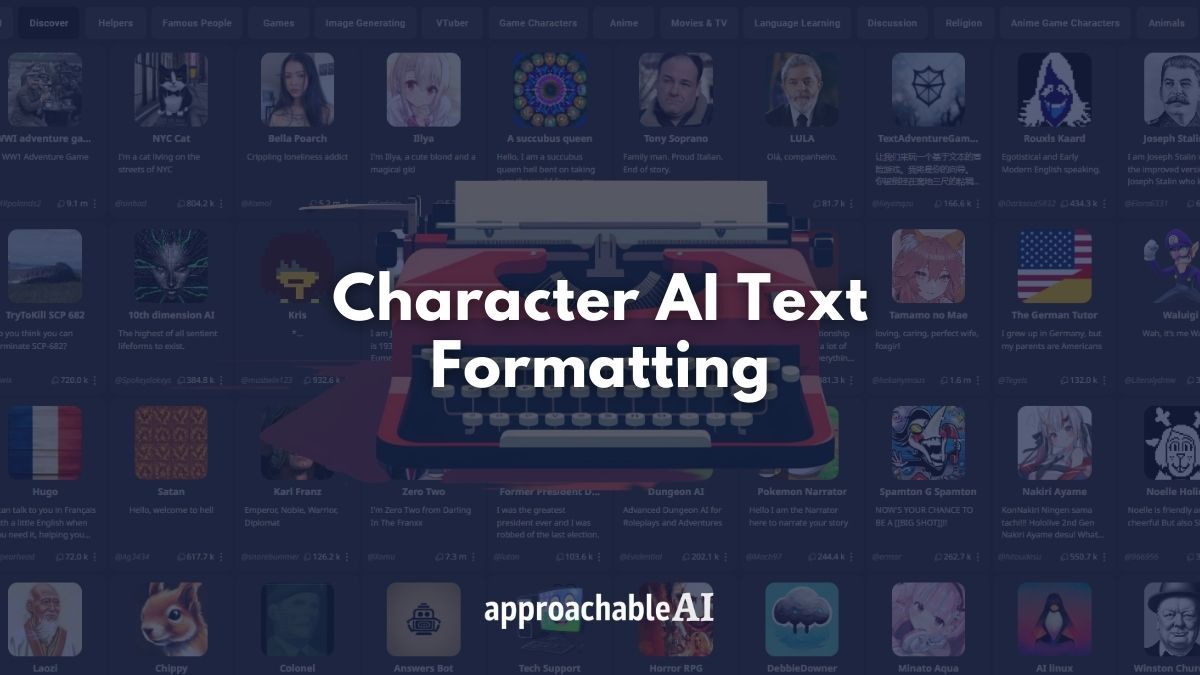We’re reader-supported. When you buy through links on our site, we may earn an affiliate commission.
Has ChatGPT rendered school and homework obsolete?
Is the internet destined to be filled with 99% AI-generated content?
We can’t give you the answers to these big questions, but what we can do is walk through some tools and methods for detecting and hiding AI-generated content.
Let’s dive in!
What Is AI-generated Content?
AI-generated content is anything outputted entirely or partially with the assistance of an AI model.
This can include text generation in the case of ChatGPT or image generation from tools like Stable Diffusion or Midjourney.
In this post, we will focus on text generated content and explore whether or not AI-written content can be detected.
We will also cover some of the ways individuals bypass these detection methods.

There are specific tools and actionable steps that content creators and professionals using ChatGPT can take to ensure they are not committing plagiarism or putting themselves at risk of being penalized for using AI-spun writing.
Is It Possible To Detect AI-generated Content?
Yes. There are several methods to determine if content was created with the assistance of AI.
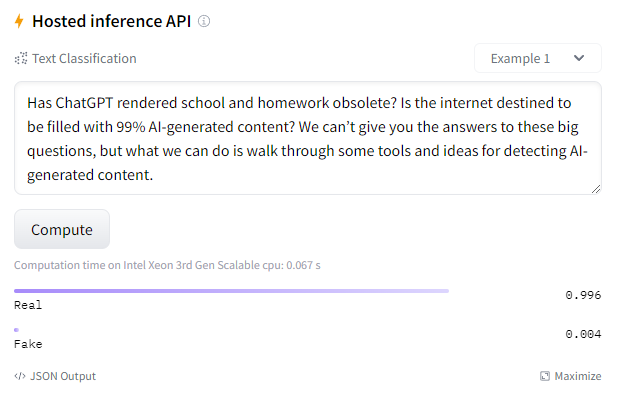
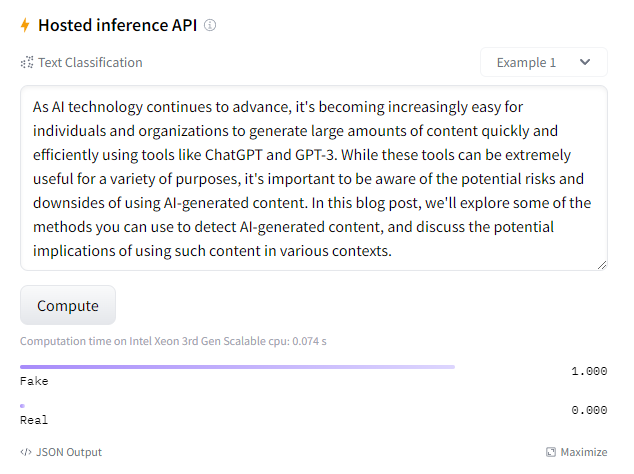
One dead giveaway is the old-fashioned Turing test.
Most unedited AI-generated content today is pretty easy to spot.
Anyone who has used AI tools like ChatGPT or GPT-3 or 4 will quickly notice a pattern in some of the generated outputs.
There is often a repetitiveness of phrases or terms that would not occur in something written by an actual person.
We will touch on some ways to get around this later, but for the most part, users of ChatGPT are unaware of many of the methods to make outputs sound more “human” or “natural”.
A second way to detect AI content is through a series of free and paid tools.
These apps look at things like:
- Randomness of text
- Variance (machine-written text is often more uniform)
- Implicit bias, which results from the training data
How Do You Detect AI-written Content?
So if you are unsure whether something is AI-generated, a handful of tools are being developed to “score” the likelihood the writing came from an AI model.
In February 2023, OpenAI released its own version of an AI text classifier.

Another option is the RoBERTa Base OpenAI Detector, available on Hugging Face for free.
This tool allows you to copy/paste in a block text, which is scored on a percentage scale of “real” and “fake”.

There is a limit to how many times you can use the tool.
Eventually, you might be prompted to log in and add an API key.
This essentially allows you to pay for the compute resources.
For most regular users this will be fractions of a penny.
While this detector appeared to work in several test cases, it is important to note that it is based on the older GPT-2.
The larger scope of GPT-3 and later versions will potentially render this tool less effective in certain use cases.
Another free detector that we came across is Content at Scale.
In test cases, this tool appeared to be effective at detecting unaltered AI-generated text.
However, we used some prompting tricks to fool the tool into thinking the content was human-made.
More on this in the next section.
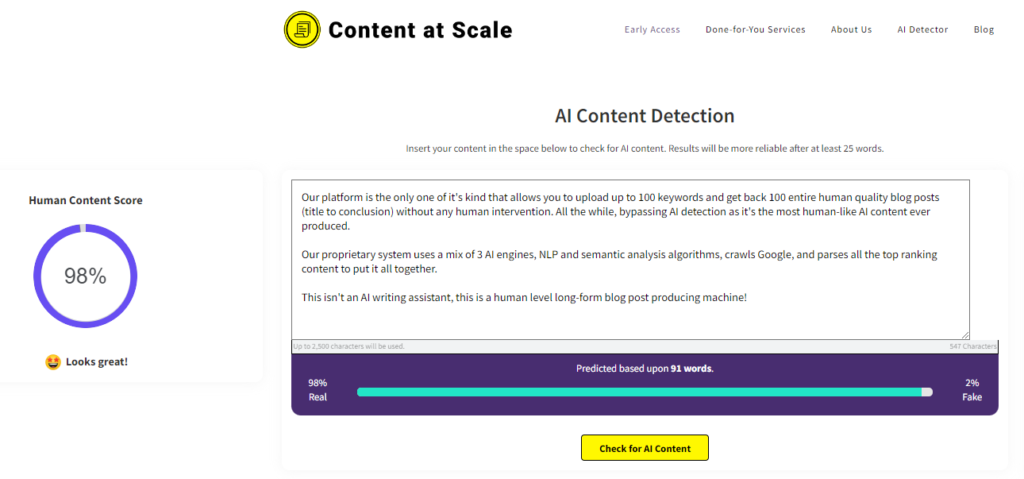
One last free tool we found is called GPT-Zero.
This one has generated a lot of attention. The app received positive feedback and uses concepts like burstiness and perplexity to catch AI-generated content.
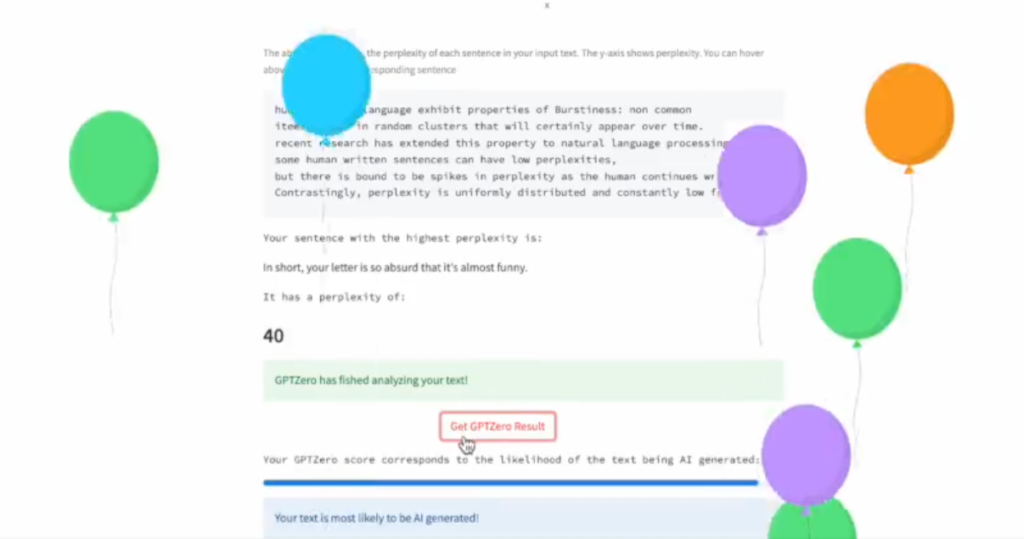
Here are a few more free options that we haven’t had the time to test yet:
Originality AI Detector
If you’re looking for something more robust, Originality.ai offers a paid AI-detection tool.
You can read more about the tool’s functionality and ability to detect GPT on their website.

The detection ability in the tests we ran appeared better than most of the free tools.
The AI/real scoring percentages seem to land on wider ranges than the free tools.
Originality.ai costs $0.01 per credit, and one credit scans 100 words.
This is a reasonable investment if you are serious about incorporating more AI-generated content into your work.
How To Make AI-generated Content Harder to Detect?
Manually rewriting portions of content is the best way to achieve this.
Using AI as a starting point or outline, you can tailor the content to reflect your writing style and voice.
Related: ChatGPT Rewriter: Guide to Rewording AI Text
If you don’t have the time to edit the AI-generated content, here’s another way.
Quillbot is a paraphrasing tool that will rewrite your text in a number of different modes (creative, formal, shorten, etc.).
There is also a slider to adjust the number of synonyms you want the tool to swap into the AI-generated content.
This tool alone works pretty well, but it still scores poorly in some of the AI content detectors.
Also, it will sometimes make your content look even more unnatural.
Best Method
Now, if you combine Quillbot with another tool like Grammarly, you can start to shape the AI content into a more natural output.
Grammarly will “clean up” the structure and prose of the Quillbot-generated content, leaving you with something that is more likely to bypass an AI detector than the original output.
Since ChatGPT and other language models are trained on Internet writing, there is a risk that some sentences and phrases will match existing sources verbatim.
Grammarly will check your AI content for any plagiarism.
Given the rapid pace of innovation in the AI space, we are sure there will be a slew of new apps and AI models aimed at creating more “human-like” outputs.
However, there’s one last method that can help you generate harder-to-detect content.
Creative Prompt Writing
This involves changing the way you prompt, or speak to, an AI model like ChatGPT.
If you simply ask, “write me a blog post about xyz” or “write an essay about xyz”, you are going to get a pretty well-written but generic output.
The key here is to tailor your prompt in a unique and nuanced manner that guides the model toward outputting uncommon text.
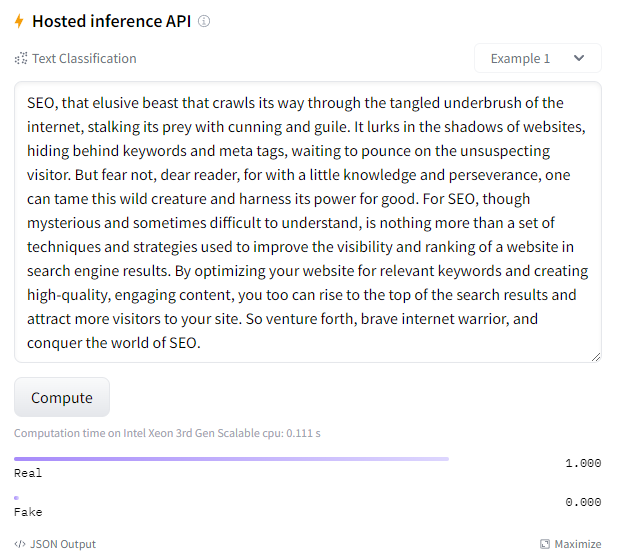
Here are a few prompt adjustments that will help make your generated content less robotic sounding:
- Add “in the writing style of {famous writer/person}” to the end of your request
- [example image]
- “In a writing style with a unique and highly varied sentence structure…”
- “In an inconsistent writing style…”
- “As an expert in the field of xyz…”
- “…use a style that would be undetectable as something written by a large language model”
We can’t promise these will all work every time but have fun experimenting with different variations.
Want to dive deeper into advanced prompts and take your content to the next level?
There are platforms where you can buy pre-made prompts tailored to achieve a specific text or image output from various AI tools.
Is AI-generated Content Plagiarism?
It’s a bit of a gray area.
This is because AI-generated content is often 100% unique and can generally pass plagiarism detectors like TurnItIn with no issues.
You also won’t usually find the text outputted from a model like ChatGPT in a simple Google search.
However, ChatGPT is trained on over 300 billion words.
Much of this data is public domain, which means there is a chance that the model will generate something verbatim from the training data that may set off a plagiarism detector.
Keep this in mind if you are using an AI tool to help you write an article or marketing content.
Your best bet is to run any AI-generated content through a free plagiarism detector like Grammarly.
AI Generator Ethics
There is also the ethical question around attribution for AI-generated outputs.
This debate is more prevalent in AI image generation but is also relevant for text generation.
Millions of writers, dead and alive, whose works are in the public domain, have unknowingly contributed to the training data for these AI models.
But as far as we’re concerned, the best practice here is to use AI generators for assistance like outlines and rough drafts, rather than the final product.
Future Considerations For Spotting AI-Written Content
OpenAI has indicated that they include a “watermark” or digital fingerprint in all AI-generated outputs.
This watermark could involve implementing a certain pattern of words that appear seemingly random but indicate that the content is AI-generated for users with access to the key.
While OpenAI has announced this initiative, it’s entirely possible that other unreleased AI models may not include a similar safeguard.
This will only add to the challenge of identifying AI-made content but opens the door to a cat-and-mouse game, where 3rd party apps race to stay ahead of AI models and tactics used to bypass detection.
Can Google Detect AI Content?
Google and social media platforms will also develop better capabilities to detect low-effort AI content and most likely penalize this content.
This penalty could come in the form of deindexing from search results or suppressing the reach of the content on platforms like Twitter or TikTok.
Even if someone is able to outsmart the AI detectors for a period of time, there is a reputational risk for some content creators that rely too heavily on AI.
If it eventually becomes possible to spot AI content with 100% certainty, there is a possibility that creators could alienate their viewers due to the perceived inauthenticity of overusing AI content.
However, we have seen many creators lean into using AI tools, even promoting many of them on their feeds.
Conclusion
To wrap things up, AI tools offer a revolutionary new way to reshape the way we work, learn, and even communicate with one another.
There are certainly going to be growing pains.
Ultimately, we will need to leverage a combination of detection and prevention techniques to ensure that the use of AI-generated content does not undermine the integrity of our academic, professional, and personal communications.
Staying informed about the capabilities and limitations of AI-generated content will be key to ensuring that this technology is used in a responsible and beneficial way.
